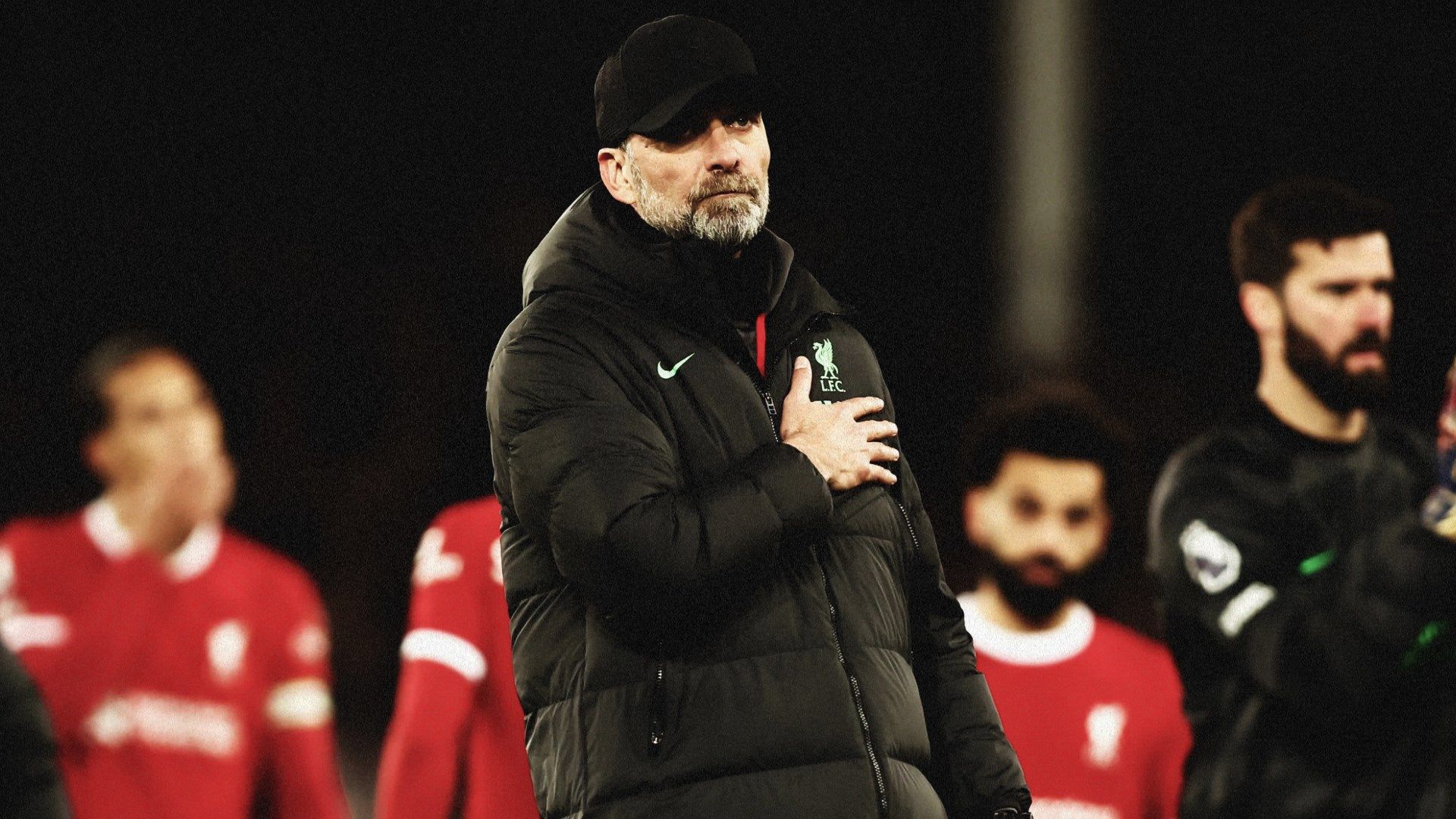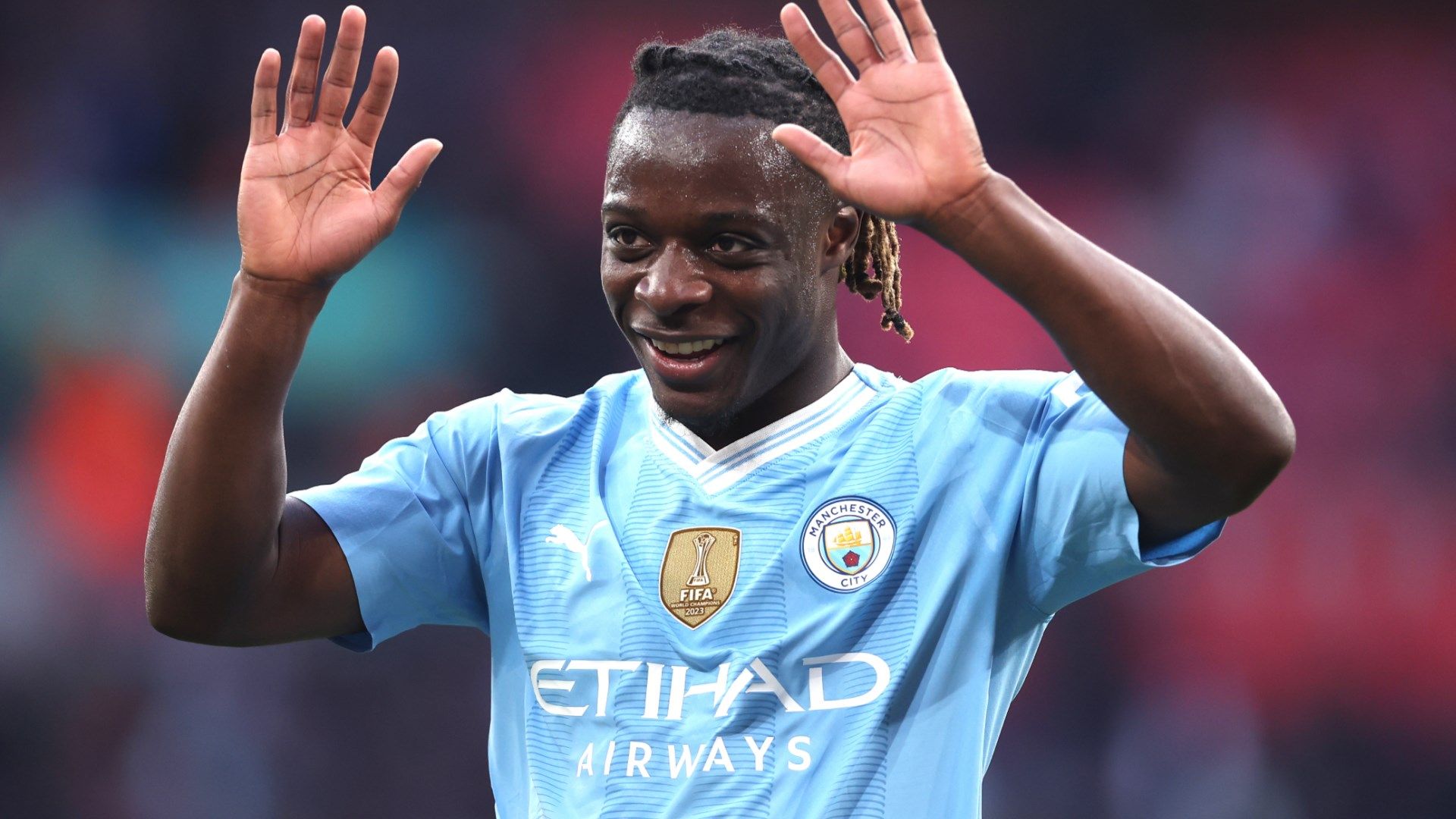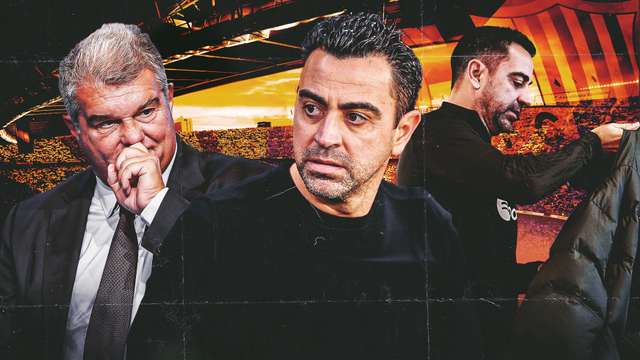Mascots are often seen as one of the more light-hearted and amusing elements of a football team, but there is a more serious side to these characters.
More and more La Liga clubs are creating official mascots that bring colour and spectacle to home matches but also help to create marketing campaigns that aid national and international expansion.
Four La Liga Santander clubs, Leganes, Villarreal, Espanyol and Real Sociedad, explained the various ways that their mascots represent their image and values, aid local communities and broaden the clubs’ horizons.
Leganes: The rise of SuperPepino
Leganes’ mascot SuperPepino hardly needs an introduction. Based on the club’s cucumber-related nickname, the character creates widespread social media activity whenever it appears. This has quickly led Los Pepineros to include the mascot in its internationalisation strategy.
For example, SuperPepino was recently visited by fellow pickle Mr. Dillon, the mascot of US college baseball team the Portland Pickles. Ahead of the Spanish club’s LaLiga fixture against Villarreal on the 14th of September, the two mascots spent time outside the stadium and took photos with fans, before being presented to those inside the Estadio Municipal Butarque.
The two mascots also took part in a tour and a shirt exchange ahead of the game, an event that was publicised by both teams and generated significant social media buzz as well as traditional media coverage. SuperPepino has also become a recognised part of the club’s travelling entourage, making a recent appearance at Real Betis’ Benito Villamarín stadium.
“All of the content done with SuperPepino, such as the visit to Real Betis’ stadium or the meeting Mr. Dillon, has had a spectacular impact,” stated Víctor Marín, director of communication and marketing at CD Leganés.
Wherever SuperPepino goes, the club aims to spread positive values that are focussed on fair play and on enjoying football in a healthy and fun way.
As Marin explained: “SuperPepino visits kids at our school and academy and has struck up relationships with other mascots within Spanish football and from abroad. Plus, SuperPepino attends events such as Children’s Day, our fan zone, autograph sessions and much more.”
Both nationally and internationally, SuperPepino is achieving positive results for Leganes. Even though the mascot was only launched in the 2018/19 season, the reach achieved has been huge, leading to the creation of SuperPepino merchandise such as mugs, cushions, scarves, key rings, piggy banks and phone covers. The key for Leganés has been to be distinct: “It is not difficult to remember a giant cucumber,” Marín notes.
Villarreal: Groguet turns 18
While SuperPepino is a relatively new mascot, that’s not the case with Villarreal’s Groguet. This mascot was designed in the yellow and blue colours of the team and in the image of a submarine, one of the club’s nicknames. “The yellow submarine is a pop culture icon that the whole world recognises,” said Juan Anton de Salas, director of the international department of Villarreal. “The mascot brings this concept to life and can help us to become a preferred choice for non-Spanish football fans who are choosing their favourite La Liga team.”
Born in 2001, the mascot was created to grow the fan base as well as entertain the crowd pre-match and at half-time. In the local community, Groguet is a regular presence at Villarreal events from local school visits to charitable activities such as the International Day Against Childhood Cancer, hosted at the club’s sports city.
Groguet is also present at the club’s sponsor gatherings, adding an attractive element for brands that are becoming associated with the club. For almost two decades, Groguet has been promoting the Villarreal CF values and more than ever, the character is bringing people closer to the club.
“Groguet conveys club priorities such closeness with children and familiarity while creating a friendly atmosphere in the stadium,” Antón continued. “The mascot is special in the way that it brings people together. It’s like having another player on the team.”
Real Sociedad: Introducing Txurdin
Txurdin, a name based on the Basque words for the blue and white colours of Real Sociedad’s kit, is the newest mascot in LaLiga Santander. This character made its debut this season when Real Sociedad hosted Atletico Madrid on September 14th and is now a presence at all the club’s men’s and women’s matches.
“We try not to link Txurdin exclusively with the matches, although we know that it is the best context to generate engagement,” the club explained. “The scope of activity covers much more, especially social events, focused mainly on children, where the response has been very positive.”
The Atlético Madrid game was the first home match of the season for La Real, which recently redeveloped its Reale Arena stadium. As part of this, it was looking for a mascot to guide the team into an exciting new era, focused on values that the club describes as “belonging, closeness and sportsmanship”.
The club’s youngest fans had the say in the creation of the mascot as 156 children at the club’s summer camps voted between a series of options, with Txurdin winning by some distance. Moving forward, the club sees Txurdin as a key part of its brand positioning and believes an immediate impact will be to “increase loyalty and expansion in digital channels.”
“We are detecting that Txurdin is very well liked, especially in social networks,” the club added.
Espanyol: Connecting with Perico and Perica
The mascot couple of Espanyol, Perico and Perica, participate in different social and educational activities in order to convey the values that the club, which as Agusti Filomeno, marketing and commercial director notes, are “illusion, ambition, innovation, closeness, humility, responsibility and social transformation.”
Filomeno added that the presence of the mascots “Helps us to promote closeness to the youngest members of our crowd and fosters the family environment that we have.”
Away from the pitch, Filomeno noted that Perico and Perica “Have their own digital logo, which has recently been launched in parallel to the current season ticket campaign.” After giving the mascots a more powerful and modernized appearance, they will now be used as a more overt brand asset. “The design allows fans of all ages, to display the mascots through t-shirts, key chains or stickers,” Filomeno continued.
In total 12 teams in La Liga Santander have an official mascot. Aside from those mentioned, there is Palmerin at Real Betis, Indi at Atletico Madrid, Rat Penat at Valencia, Dimonio of Mallorca, Real Valladolid’s Pepe Zorrillo, the Levante pair of Blau and Grana, Osasuna with Rojillo and Rojilla and Deportivo Alaves with Zorro Babazorro.
While most clubs have only explored the creation of mascots in recent years, those that have taken the step into this world are seeing positive results through the spreading of club values, the promotion of fair play and the building of a more distinct brand. Far from just a fun distraction on matchday, mascots are allowing La Liga clubs to connect with a wider global audience and propel themselves into the future.

.jpg?auto=webp&format=pjpg&width=640&quality=60)
.jpg?auto=webp&format=pjpg&width=640&quality=60)

